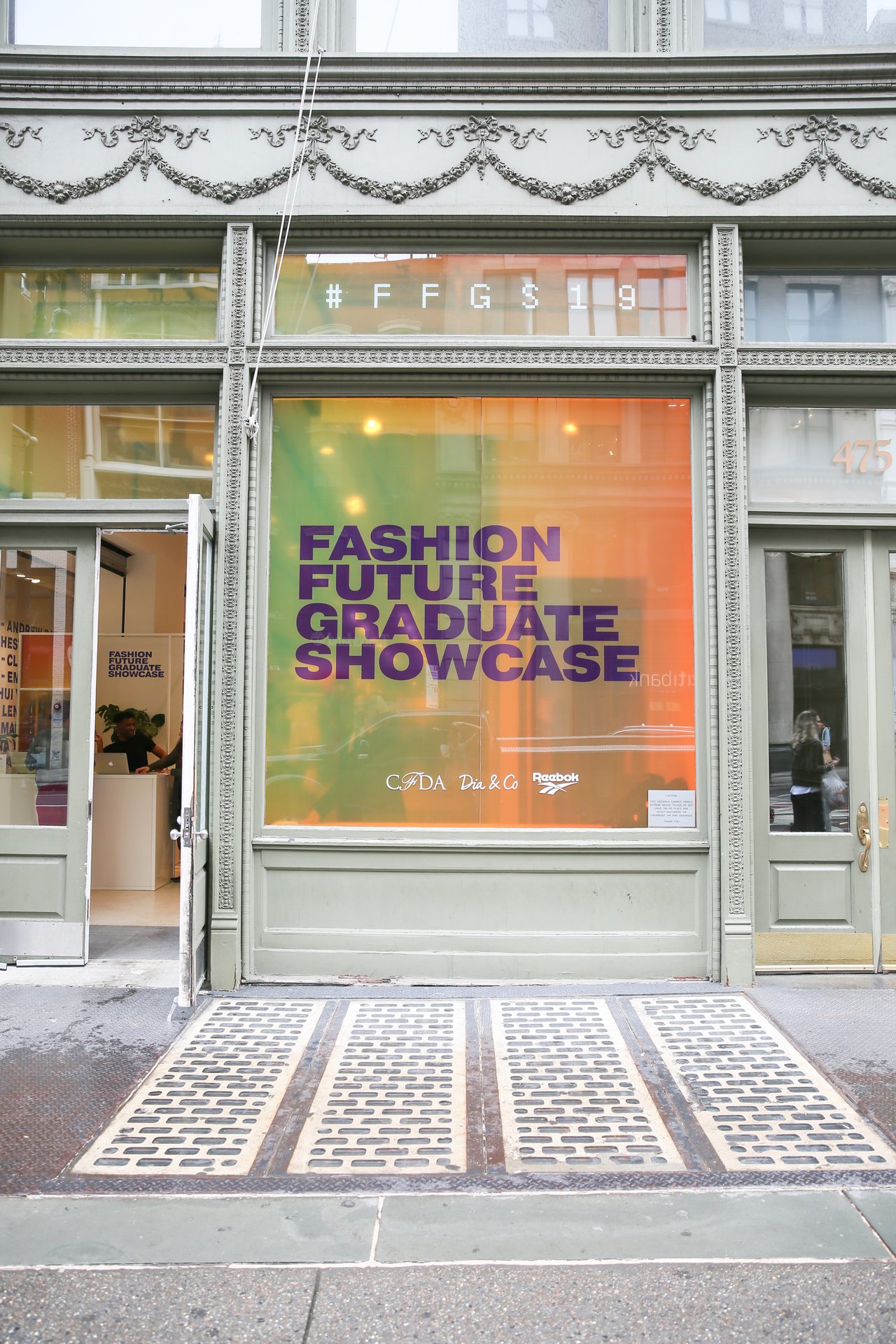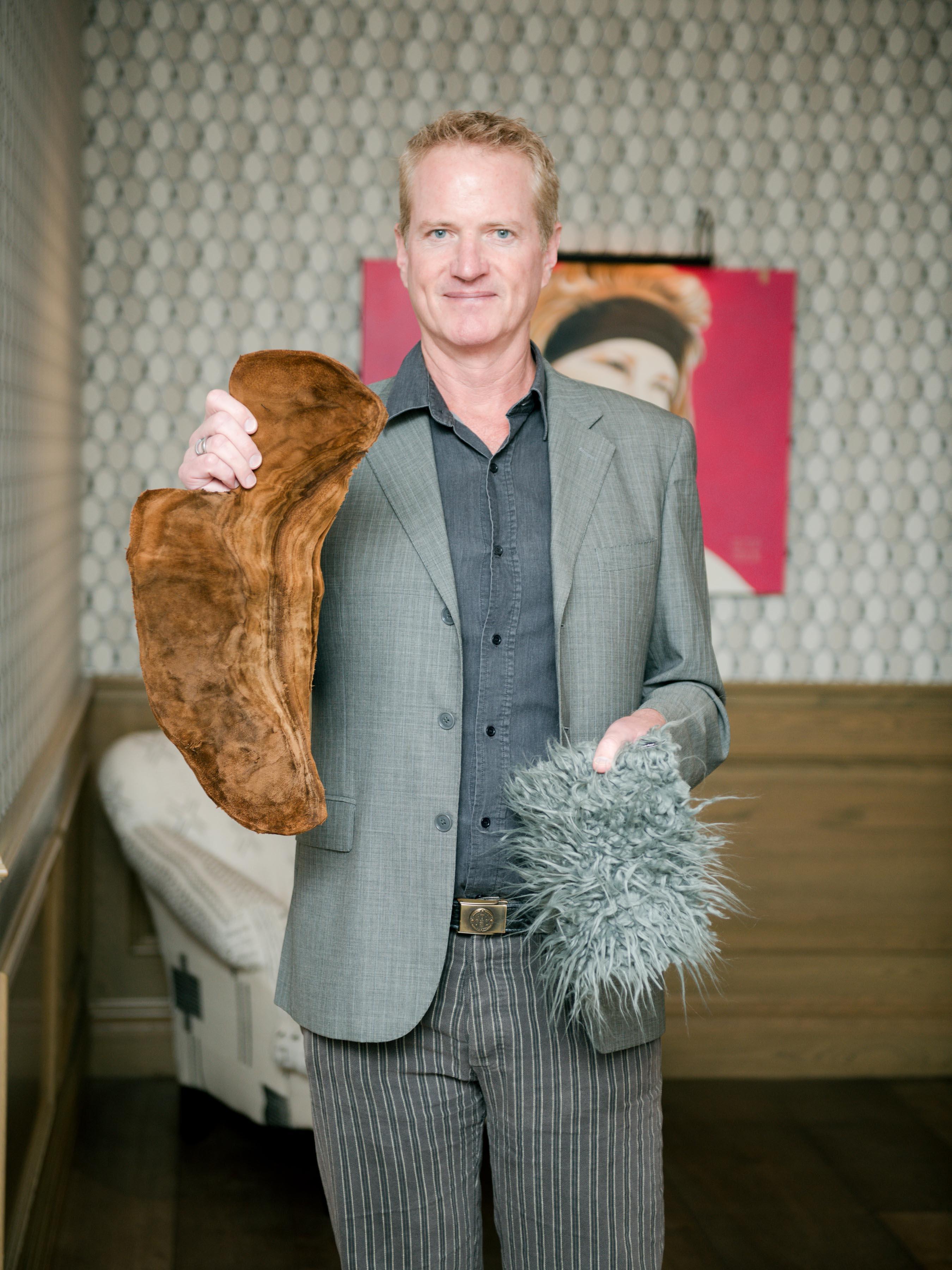Size, Ability, Race, Age & Gender in Fashion Focus
June 19, 2019
Jessica Iredale
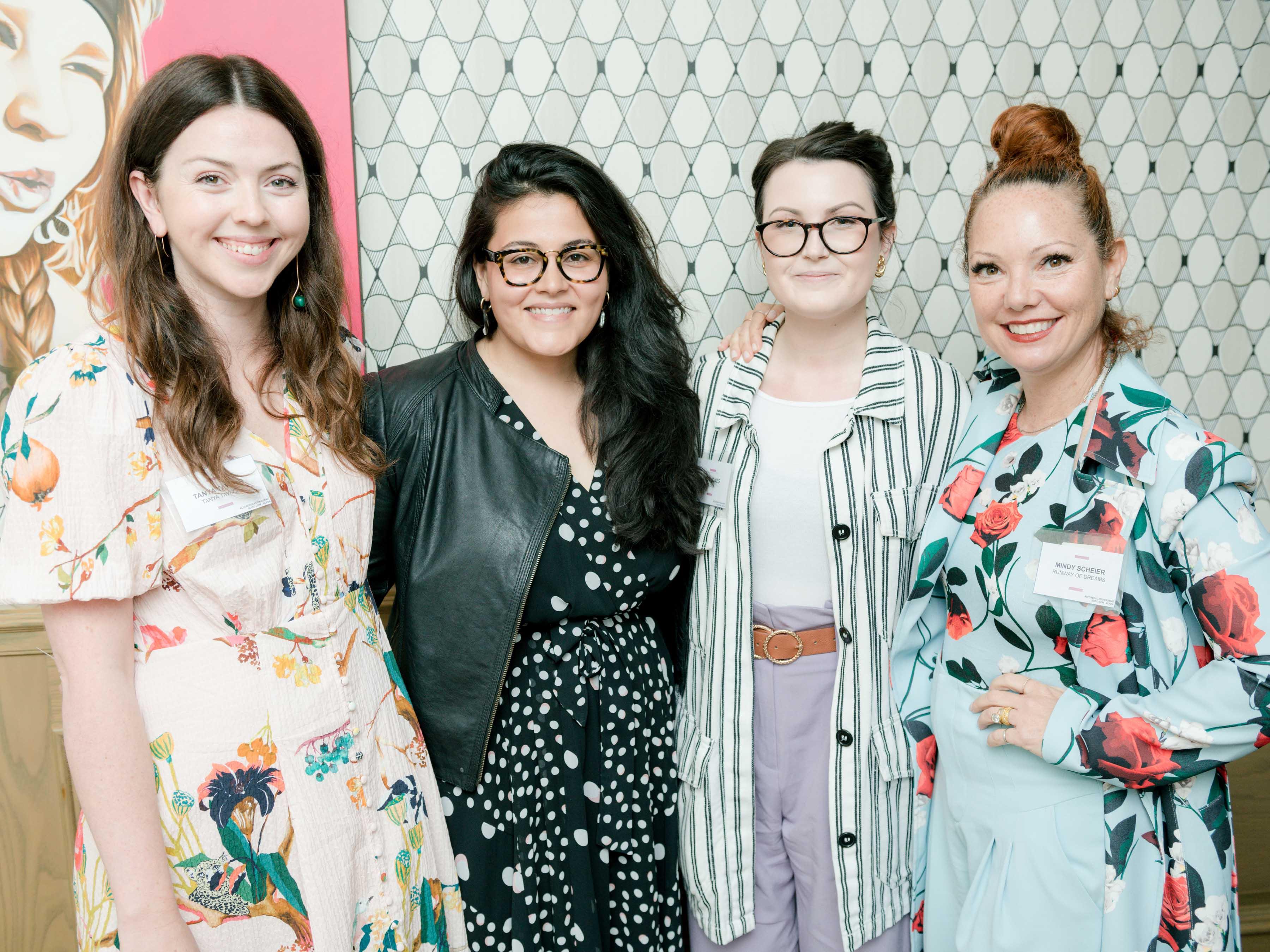

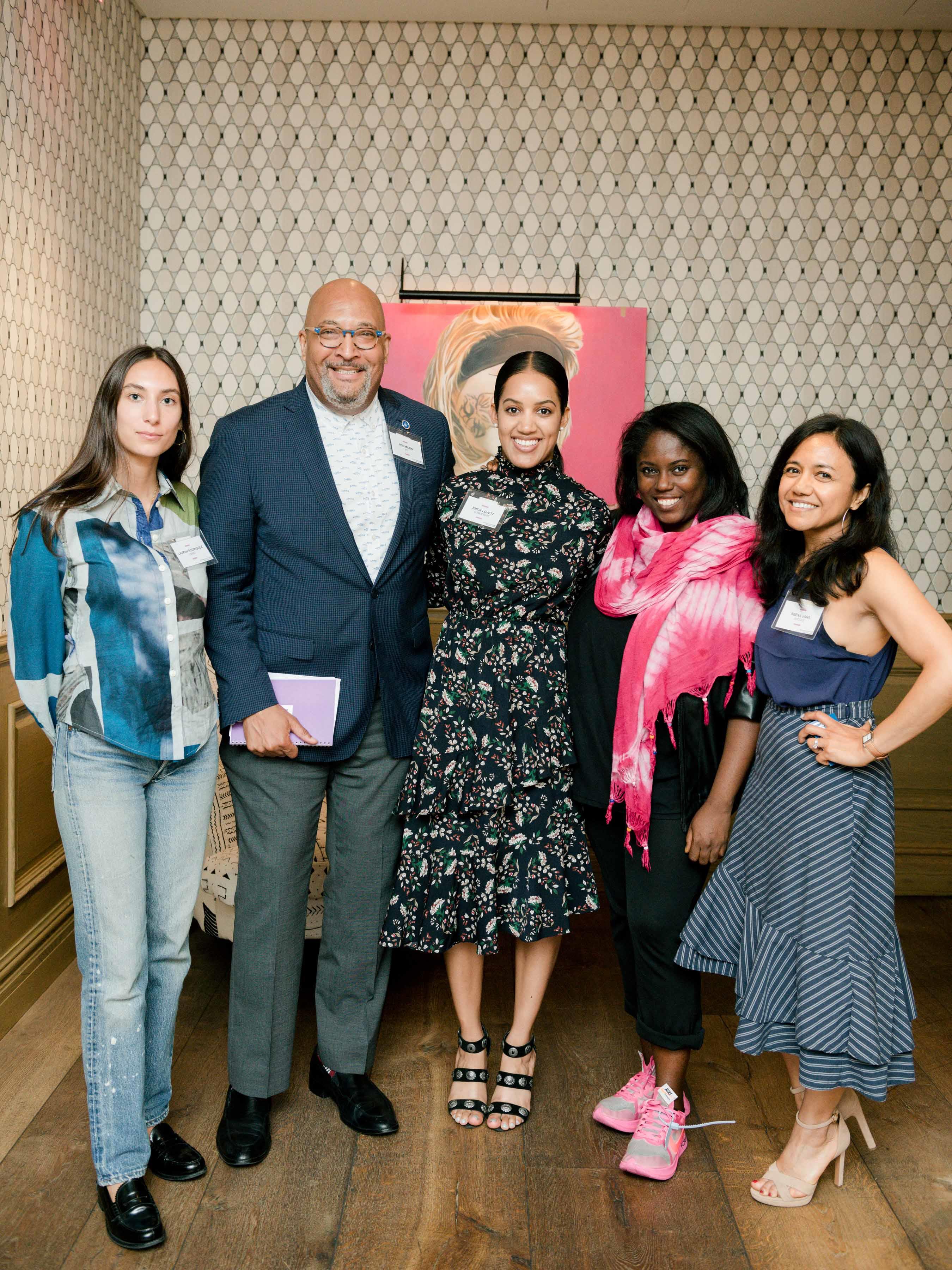
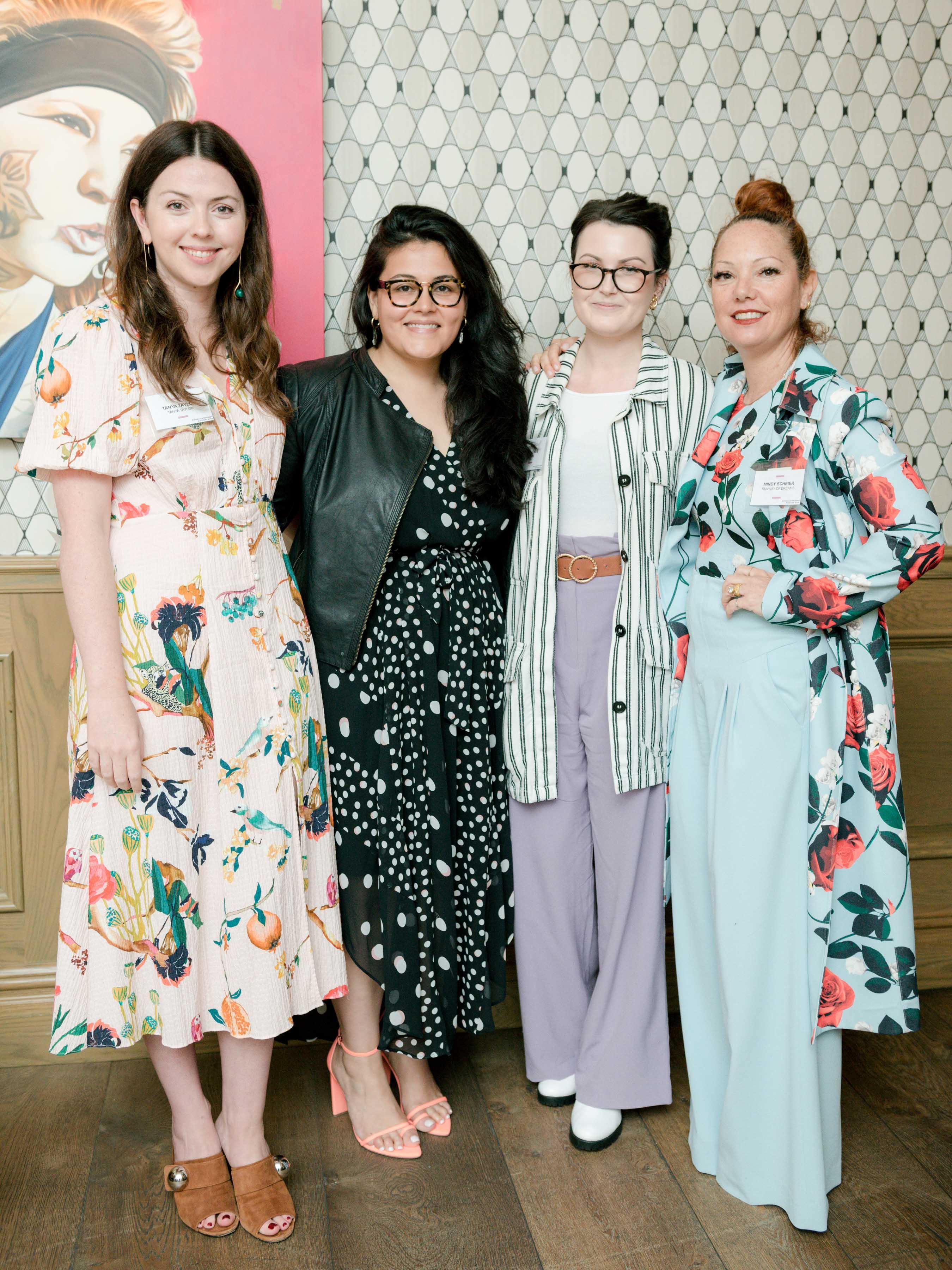
Lauren Rodriguez, Ron Milon, Erica Lovett, Abrima Erwiah, and Reena Jana.
Tanya Taylor, Nadia Boujarwah, Lucy Jones, and Mindy Scheier.
Inclusivity and Diversity are two of the biggest topics in fashion, from size to ability, race, age, and gender. Designers, leaders and educators addressed the topics during two panel discussions at Monday’s CFDA Fashion Education Summit, the first moderated by Nadia Boujarwah of Dia &Co, and the second moderated by Ron Milon, chief diversity officer of Fashion Institute of Technology.
During the first conversation, designers Tanya Taylor, Lucy Jones of Ffora and Mindy Scheier of Runway of Dreams discussed their experience with size inclusive and adaptive clothing. All entered their relative markets due to personal experiences with family members whose needs weren’t being met by the market. Jones’ idea for Ffora, which offers bags and accessories for mobility devices, came to her as a Parsons undergraduate when she asked her cousin, who has cerebral palsy, if he ever had difficulty getting dressed. “I love my grandparents to death, but they were just of that generation that told us, ‘Don’t look, don’t ask, don’t stare, just don’t talk about it,’” said Jones of her family’s stance on her cousin’s disability. “When I was 20 years old, I finally called up my cousin and was just like, ‘How do you get dressed? Do you have any difficulty?’ And he just offloaded about all these challenges he faced.”
Scheier, a designer by trade, founded Runway of Dreams because of her teenage son Oliver, who has muscular dystrophy. “I had worked in the industry for 20 years and had never even heard of the word adaptive clothing until Oliver came into my life,” said Scheier. “When I started having conversations with the industry, I was constantly told, ‘Well, people with disabilities are a really small market. It’s very niche. They really don’t care about what they look like and they don’t have money to spend.’ So I had to go statement by statement and dispel them very quickly.” She noted that people with disabilities represent the largest global minority, and it’s the only minority that every person will be a part of at some point.
Taylor had been operating her women’s rtw business for several years before deciding to go into extended sizing, from size 2 to 22. “The reason why I started doing this is that my mom was the chairman of a company, and she was so confident at home but had nothing to wear to work,” Tayor said. “She’s a size 16. I’d watch her just kind of shrivel when she’d get dressed to go to work. And I was like, ’Where did my mom go? Where’s this powerful woman?’”
Boujarwah noted that the panelists weren’t necessarily a part of the community their businesses seek to serve, and asked what it’s like to design for a market that they’re not a part of. All agreed that the most important thing is to have members of that community actively participating at every level of decision-making. “I really think it is about making sure that you are actively practicing what you preach – in the design rooms, in the board rooms, and making sure that you have that representation to every aspect top down with the company,” said Jones.
“This is truly a for-the-people-by-the-people movement,” said Scheier. “There isn’t a designer on the planet that can accurately design for somebody with any type of disability without including them in every step of the process. From ideation, to fit session, to marketing, to advertising…every single step.”
Taylor said she is careful to solicit opinions of plus-size women on all aspects of design, but also to push education and awareness on all sides of the business. “It was hiring our tech designer. It was talking to our factories. It was focusing on direct to consumer. It became a really important part of our e-commerce to have access to size 14 to 22,” she said. “Then we really pushed our retailers. I say to them, ‘How come when I walk into your store, you have all of the mannequins that are a size 4 with our clothing on it, but you sell up to a size 22 from us?’ How does a woman who’s a size 18 walk into a store and feel like they have a relatable vision in front of them?”
The morning’s second Inclusivity and Diversity conversation focused more on more broadly on sharing stories, communicating, collaborating and being willing to get uncomfortable in the interest of making fashion more inclusive.
Erica Lovett, director of inclusion and diversity at Conde Nast said, “It’s nice that you get someone that’s here at the table, but they truly have to have the seat. They can’t just be here because of how they look or what they represent. You have to give them a voice and listen to their feedback and make decisions based on that.”
Lauren Rodriguez of the designer label Lorod said consistency is important in terms of inclusion. “I’ve been in a lot of rooms where people in the industry are talking about diversity as if it’s a trend right now,” she said. “It’s really unbelievable that there’s still that way of thinking.”
Abrima Erwiah of Studio One Eighty Nine promoted the idea of making yourself uncomfortable; the notion that seeking out only like-minded people is overrated and leads to a lack of diversity. She talked about riding her bike through Brooklyn and being shocked at the segregated groups of young people she saw barbecuing.
“It was like, there was African American here and it was LGBTQ here and the Latino group here, and they were all sitting at different tables and it wasn’t mixed up,” she said. “I was like, ‘Is this Brooklyn? What happened?’ And my friend said, ‘It’s social media.’ You don’t realize it but it encourages you to find like-minded people.
“It’s really important that we take stock of where we are and realize that we need to be in arms with people who don’t agree with us,” Erwiah added. “That’s how change is going to happen.”
Reena Jana, head of product and business inclusion strategy at Google, made the business case for diversity. Professors at NYU and Columbia business schools have published reports that diverse teams produce strong ideas. “Suddenly, your ideas are challenged,” Jana said. “Suddenly you’re hearing different points of view. There’s a perception of conflict that you have to defend your ideas against. Really strong ideas tend to come to the surface because there are active debates and people questioning each other and the questions themselves.”
Milon also called out the need for mentors. “Create pipelines with students and people interested in the industry,” he said. “When you have that one person that can really influence — that’s what happened with me and that’s what happened with so many others — it’s so important to mentor.”
And mentors are harder to find the further up the food chain you go. Erwiah noted that we think of mentors from the student perspective, but there’s a need for them throughout one’s career.
“I was looking up [at management] going, ‘I don’t see a lot of women, women of different backgrounds or people who share my experiences that could help tell me how I’m supposed to invest my money or how I’m supposed to do something,” she said. “You don’t realize you don’t have a mentor until you realize you don’t have a mentor, you know?”
The 2019 CFDA Fashion Education Summit was made possible by underwriters Dia & Co and Reebok with additional support from Adrian Cheng/K11 and The Standard.
PHOTOS BY BEN ROSSER/BFA.COM
